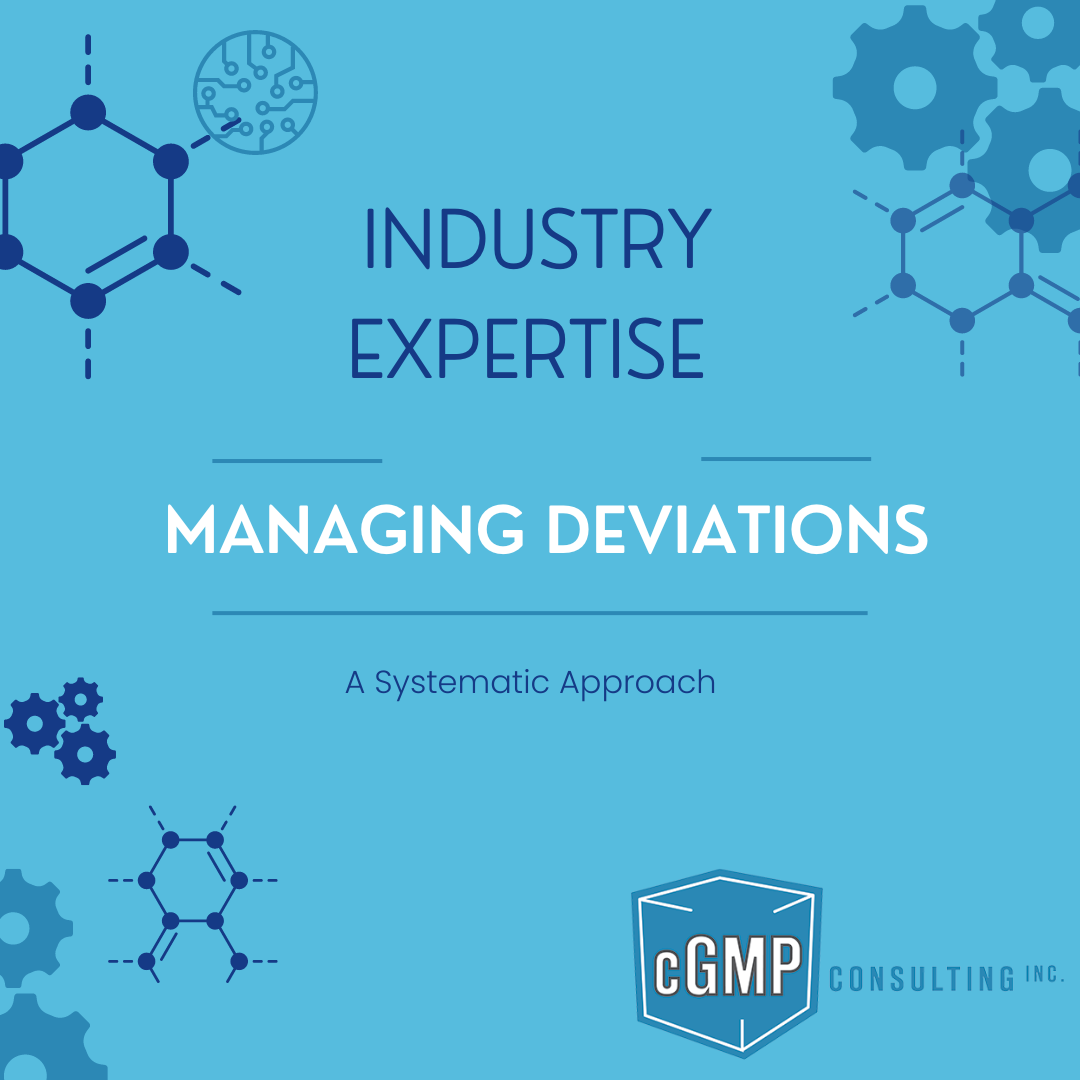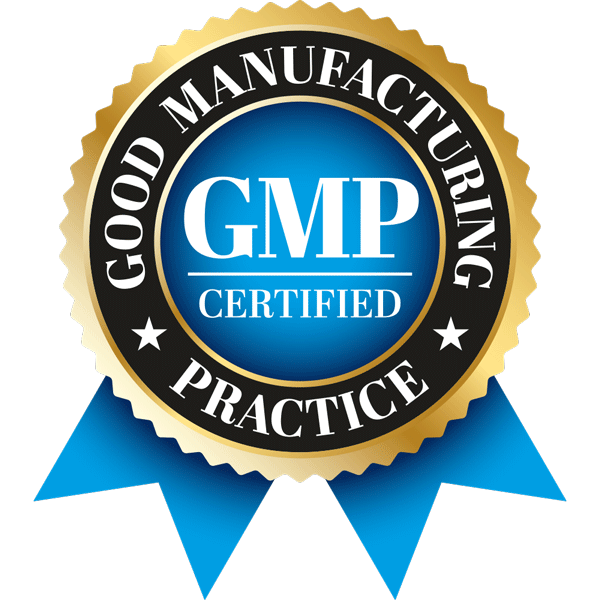
Managing Deviations
A Systematic Approach for Improved Compliance
Is your deviation process out of control? Are you struggling to maintain a manageable number of deviations, adding new ones before closing others? Reducing the number of deviations in regulated industries requires a systematic approach that addresses the root causes of deviations and implements preventive measures to mitigate their occurrence.
Recently, we were commissioned for a project involving eight of our consultants to reengineer a client’s deviation reduction process. We provided eight of cGMP Consulting’s skilled and experienced technical writers, project managers, and engineers who possess a deep understanding of processes, regulations, and standards, enabling us to effectively reduce deviations to a manageable number for this client. Over the course of a year, we successfully closed 211 records, ranging from routine to complex deviations, by employing cross-functional expertise and innovative problem-solving.
Our success wasn’t just about closing records; it was about instituting sustainable practices for long-term deviation control. We developed robust procedures and templates, enhancing process efficiency and ensuring consistent reporting to avert future backlog scenarios. Here are some strategies we used, and would recommend, for keeping deviations under control:
- Root Cause Analysis (RCA): Conduct thorough root cause analysis for every deviation to identify the underlying causes using techniques such as fishbone diagrams, 5 Whys, or fault tree analysis. RCAs are important to identify the actual cause of the problem, so symptoms aren’t simply treated. Also, time, money and resources can be saved by avoiding the cost of repeatedly fixing the same problem.
- Corrective and Preventive Actions (CAPA): Develop and implement CAPAs based on the findings of the root cause analysis to prevent similar deviations from recurring which can affect the performance, quality, or safety of a system.
- Training and Education: Provide comprehensive training to ensure that employees understand standard operating procedures (SOPs), equipment operation, and quality control measures, minimizing the risk of deviations due to human error or lack of knowledge.
- Process Optimization: Continuously evaluate and optimize manufacturing processes to reduce the likelihood of deviations. Implement process improvements, automation, and advanced technologies to streamline operations and minimize variability.
- Risk-Based Approach: Adopt a risk-based approach to deviation management, focusing resources on areas of highest risk. Prioritize deviations based on their potential impact on product quality, patient safety, and regulatory compliance and then allocate resources accordingly.
- Real-Time Monitoring and Control: Implement real-time monitoring and control systems to detect deviations as they occur and take immediate corrective actions using tools like statistical process control (SPC) and continuous manufacturing technologies, to ensure process stability and consistency.
- Supplier and Vendor Management: Strengthen supplier and vendor qualification and oversight processes to ensure the quality and reliability of raw materials, components, and services. Collaborate closely with suppliers to address issues and prevent deviations related to material quality or supply chain disruptions.
- Documentation and Record-Keeping: Maintain comprehensive and consistent documentation and records of deviations, investigations, and corrective actions. Ensure that all deviations are properly documented, investigated, and closed in a timely manner, in accordance with regulatory requirements.
- Quality Culture: Foster a culture of continuous improvement within the organization, encouraging employees to proactively identify areas for improvement and implement corrective actions to prevent deviations from occurring in the future. Training and education and a culture of empowerment to involve staff will be important elements in making this happen.
- Regulatory Compliance: Stay abreast of regulatory requirements and guidelines related to deviation management. Ensure compliance with FDA regulations, International Council for Harmonization (ICH) guidelines, and other applicable standards to minimize the risk of regulatory findings and penalties.
By implementing these strategies and adopting a proactive approach to deviation management, companies in regulated industries can reduce the number of deviations, improve product quality and consistency, and enhance overall operational efficiency. At cGMP Consulting, we are experienced and ready to support your deviation management. Contact us today.




